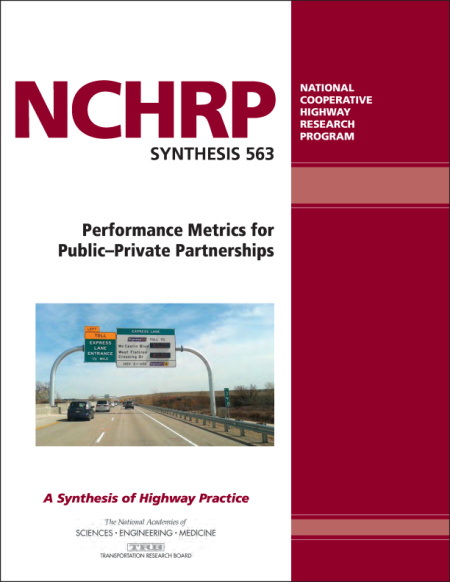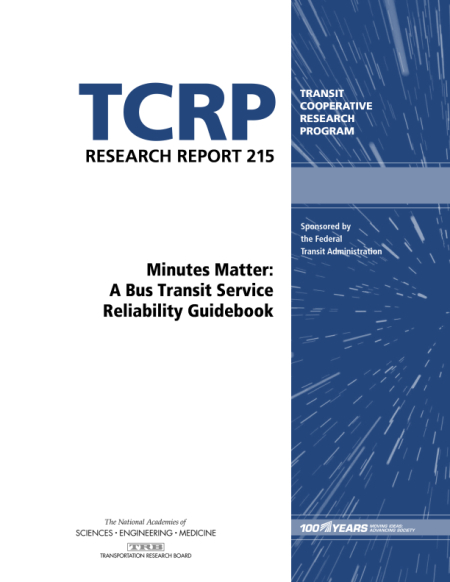AASHTO Enterprise
Risk Management Portal
Browse the latest documents, videos, tools, trainings, and events for the ERM community.
Check out the Resilience Improvement Plan (RIP)Resource Collection
&
Stop by the CPBM Subcommittee on Risk Management community page
Download slides and video from the 2020 TAM MegaMeeting
We would love to hear your suggestions and feedback, so please Provide Site Feedback for anything you think can be enhanced or improved!
Connect
Connect
Sign up for monthly updates
About the site
The AASHTO ERM Portal connects you to a searchable database of enterprise risk management resources: documents, presentations, events, tools, and more. The portal is designed to help enterprise risk management practitioners search and access relevant information from multiple sources.
NCHRP Reports
Performance Metrics for Public–Private Partnerships (NCHRP Synthesis 563) | Research Report
System PerformancePublic-private partnerships (P3) offer transportation agencies a method for designing, building, operating, and maintaining their assets without having to wait for government funding. To ensure contract compliance and performance, agencies use a variety of different metrics to monitor their P3 contracts. Metrics usually fall into two main categories: quantifying asset performance and project implementation. This report presents such metrics used by DOTs. Data was sourced from a survey of 26 DOTs and interviews with DOT personnel on six P3 projects.
Minutes Matter: A Bus Transit Service Reliability Guidebook (TCRP Research Report 215) | Guide/Manual
System PerformanceReliability is an increasingly important measure for transit performance as transit must compete with other mobility service providers. In this guide, public transit agencies and and other stakeholders are instructed on the value of measuring reliability and how to address the reliability issues for several different environments. The guide examples focus on fixed-route bus service, as it is the most common mode of transit in the US and globally, but the methodology may be applied to other modes as well. It presents the three key components of reliability: short wait times, on-time arrivals, and consistent travel times. Three perspectives are also addressed in the guide; these are customer, agency, and operator perspectives.
Planning and Implementing Multimodal, Integrated Corridor Management: Guidebook | Guide/Manual
Asset Management, System PerformanceThis guidebook presents Integrated Corridor Management (ICM), which is a multimodal and multi-agency method for coordinating the operations of a corridor, including highways, arterial roads, and transit systems. Through the use of technology, data, and multi-agency institutional frameworks, ICM helps mitigate the challenges of congestion along key corridors. This guide highlights why agencies should use ICM and walks through the process for applying it.
Maryland Transportation Resilience Improvement Plan
MDOT has crafted this Transportation Resilience Improvement Plan (TRIP) to direct strategic investments in critical i…
Utah DOT Resilience Improvement Plan
The UDOT Resilience Improvement Plan (RIP) strategically addresses vulnerabilities in Utah’s transportation systems…
New Mexico DOT Resilience Improvement Plan
NMDOT's Resilience Improvement Plan (RIP) evaluates the risks that current and future weather events and natural disa…
Video
Tim Henkel – 2022 AASHTO Thomas H. MacDonald Memorial Award

Asset Valuation Guide
The Asset Valuation Guide helps transportation agencies compute and leverage system level valuations of their transportation assets.
See the Tool HereSearch across Documents, Tools, and Videos in the Resource Library
Collections
Browse the latest collections

